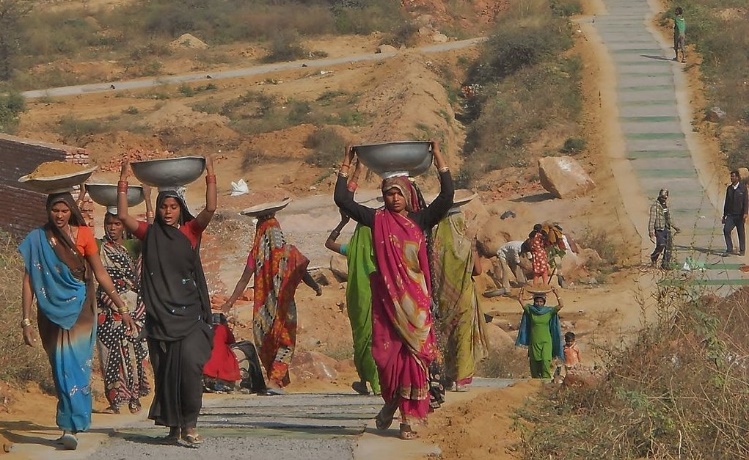





Disclaimer: Copyright infringement not intended.
Context
Findings and associated concerns
Reasons for the fall in women’s Labour Force Participation in India
Occupational segregation
Increased mechanization
The income effect
Gender gaps in higher education and skill training
Social norms
|
Trivia Low female Labor Force Participation Rate is a drag on GDP growth and a higher growth path. China has 64% of its women working, which is one of the highest rates in the world. In the US, the rate is over 56%. Even countries like Nepal and Bangladesh are doing much better than India. While the number of women employed in salaried jobs in the country has increased by 8 percent (from 13 percent in 2011-12 to 21percent in 2017- 18) with the addition of 0.71 crores new jobs for female workers, the overall participation of women in India’s workforce in on the decline, revealed the Economic Survey 2018. According to NSO-EUS and PLFS estimates, the female labor force participation rate for productive age-group 15- 59 years shows a declining trend in the country. The female labor force participation declined by 7.8 percentage points from 33.1 percent in 2011-12 to25.3 percent in 2017-18. Though the female labor force participation rate is higher in rural areas than in urban ones, the rate of decline has also been sharper in rural areas compared to urban areas, resulting in increased gender disparity in India’s labor market. In urban areas, female labor force participation more or less remained constant. According to the PLFS, the female workforce population ratio for the productive age group (15-59 ages) stood at 23.8 percent (25.5 percent in rural areas and 19.8 percent in urban areas) in 2017-18 as compared to 32.3 percent in 2011-12. The number of self-employed women in the country has decreased from 7.2 crores in 2011-12 to 5.54 crores in 2017-18. Women casual laborers have decreased from 3.97 crores in 2011-12 to 2.86 crores, while the share of women employers has remained constant at 0.6percent over the years. At 17% of GDP, the economic contribution of Indian women is less than half the global average and compares unfavorably to 40% in China. |
Other challenges faced by Women Workforce in India
Steps taken by Government to improve women labour force participation
The Mission Shakti, includes the components such as;
Importance of Women in the workforce for India
Micro-level:
Macro-level:
Suggestions to increase women workforce
Must Read: https://www.iasgyan.in/daily-current-affairs/unemployment
Recognising the ‘compulsory’ woman worker - The Hindu









© 2026 iasgyan. All right reserved